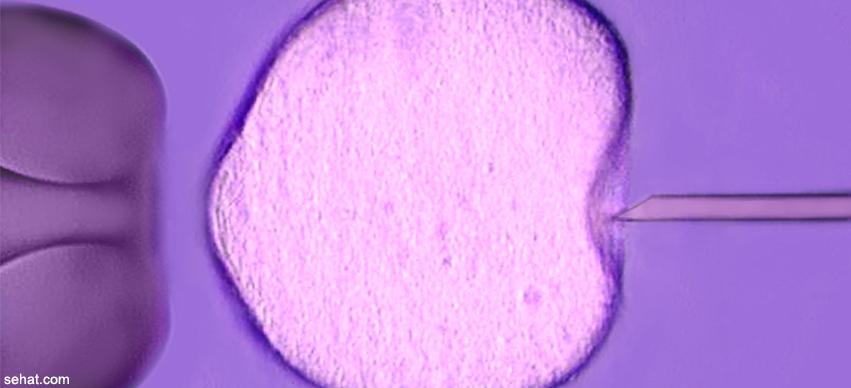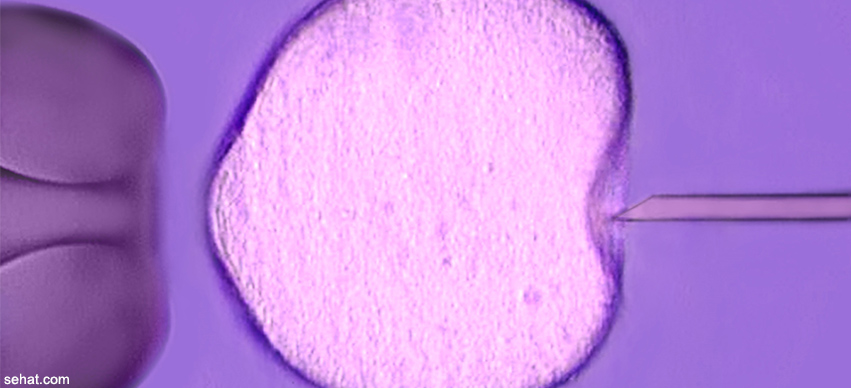
When eggs acquired from a woman are fused with sperm cells of a male in a petri-dish made of glass or plastic, the process is known as in-vitro fertilization, IVF being its commonly used acronym. ‘In vitro’ is a Latin phrase meaning ‘in glass’ and is the opposite of ‘in vivo’, meaning within the organism.
Applied for combating infertility, IVF is a cumulative term used for a series of procedures all of which are aimed towards increasing the chances of pregnancy in women who have been unable to conceive in spite of participating in intercourse for more than one year. Steps that constitute a typical IVF cycle are –
- Stimulation of ovaries – In this crucial first step, ovaries are stimulated by injecting hormones into a woman’s body through daily injections over 10 to 12 days. The aim is to boost the supply of eggs to multiple numbers and this production is tracked through ultra-sound to facilitate timely collection.
- Collection of eggs – To ensure successful completion of this procedure, the woman is placed under sedation and then a syringe is inserted through to the ovaries to gather the eggs. Ultra-sound is a must at this juncture to help identify the site of egg collection and subsequently the patient might experience a bit of abdominal cramps and bleeding.
- Fertilizing of eggs with sperm – Eggs and sperm are mixed in a glass dish under controlled conditions in a laboratory and left undisturbed for about 20 hours during which fertilization should set in. Next, it is time to watch out for formation of embryo and a couple of days later two or three embryos are taken for being planted into the womb.
- Transferring the embryo – After the woman’s womb is deemed prepared for accepting the embryo it is injected into the uterus via a catheter under vigilance on ultra-sound.
- Watching for pregnancy – Two weeks later the woman should test positive for pregnancy to report success of the procedure. Once this is confirmed, the first four weeks require plenty of caution and monitoring and only when all tests have yielded satisfactory results that the woman is referred to the obstetrician for the remaining part of her pregnancy.
Some side-effects that may occur due to this procedure are birth defects, cancer or damage to internal organs but till date none have been conclusively proven. Having been in vogue since 1978 when the first test-tube baby was born in UK, it is regarded as a ground breaking procedure in the field of infertility which has given a glimmer of hope to many women worldwide.

